
Get ready for a change! March & April Florida Gardening Tips
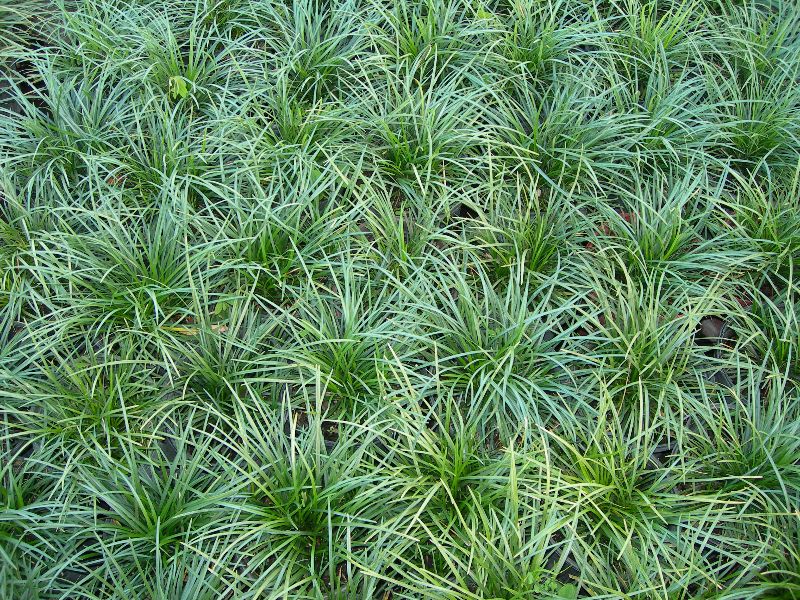
One of the landscape trouble spots I get lots of questions about is the side of the house. This area is often shady and receives traffic from pool and landscape folks and kids taking the trash out. These are challenging areas to grow turf or any other plant. However, one of my favorite plants grows very well in the shade and even takes a little bit of a beating from feet.
Mondo Grass or Lily Turf (Ophiopogon japonicas), which is native to Korea and Japan, is a grass-like plant more closely related to asparagus and lilies than true grasses. It has leaves that are long, linear, and narrow. They are somewhat stiff and curve back on themselves. The leaf color is usually dark green though there are selections variegated with cream or yellow, and those that are so dark they appear purplish or black.
The flowers, light lavender to white and small or inconspicuous on loose spikes, are held deep within the foliage. Fruits follow the flowers and are blue-black, berry-like structures the size of a pea and produced deep within the foliage.
Though slow to do so, the roots are tuberous stolons (underground stems), and the plant spreads, which helps the plants fill a bed or area like turf grass or ground cover and recover from damage. Plant height is dependent on variety, some dwarf varieties are as short as 2 inches, and others grow 12 to 15 inches tall.
Mondo grass is a tough, reliable, easy-to-grow groundcover for interior and exterior landscapes. The right location is shady to mostly shady outside and bright light inside. It will tolerate some sun in cooler zones. Well-drained sandy soils are preferred, but this plant will adapt to most locations if the soil is not soggy wet; Mondo grass is drought tolerant once established.

For years I offered advice and guidance to gardeners and green industry through real-time education and newspaper/online columns. It’s time to change things up a bit. Check it out! I’m very excited about the opportunity for you to book virtual consults for socially-distanced help.
This monthly newsletter, which will endeavor to offer tips and advice on seasonal changes and tasks, should be another resource to help you get growing. We will take a look occasionally at new plants and new pests that come our way. New year, new yard! Let’s go!
Tips: Florida Gardening Tips for March & April
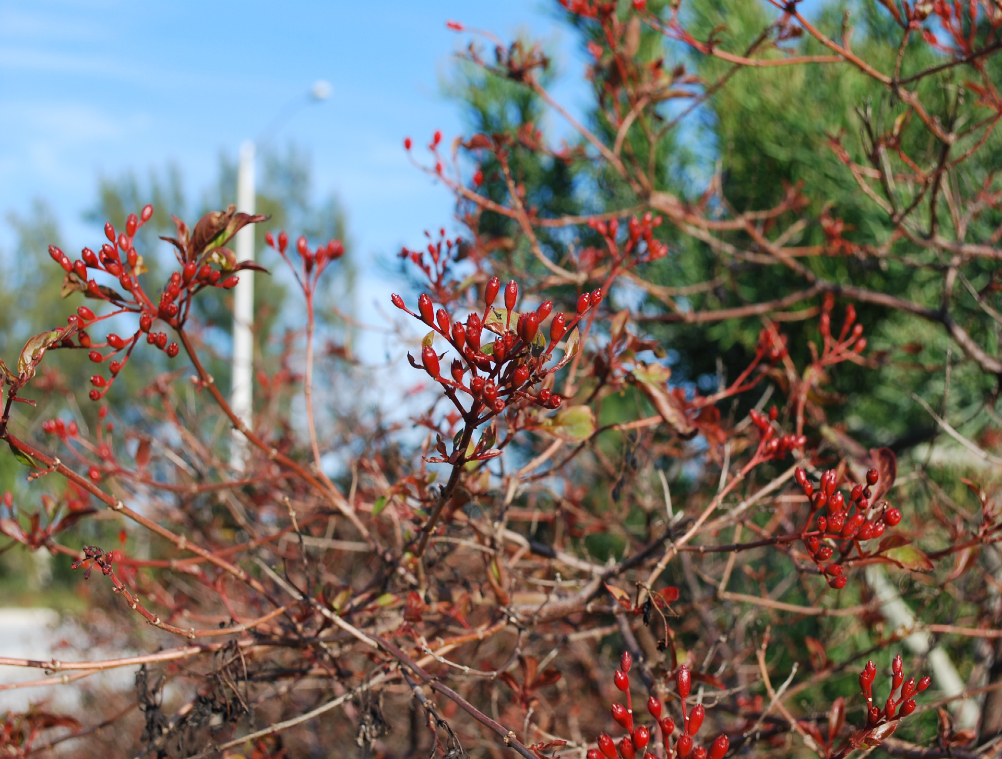
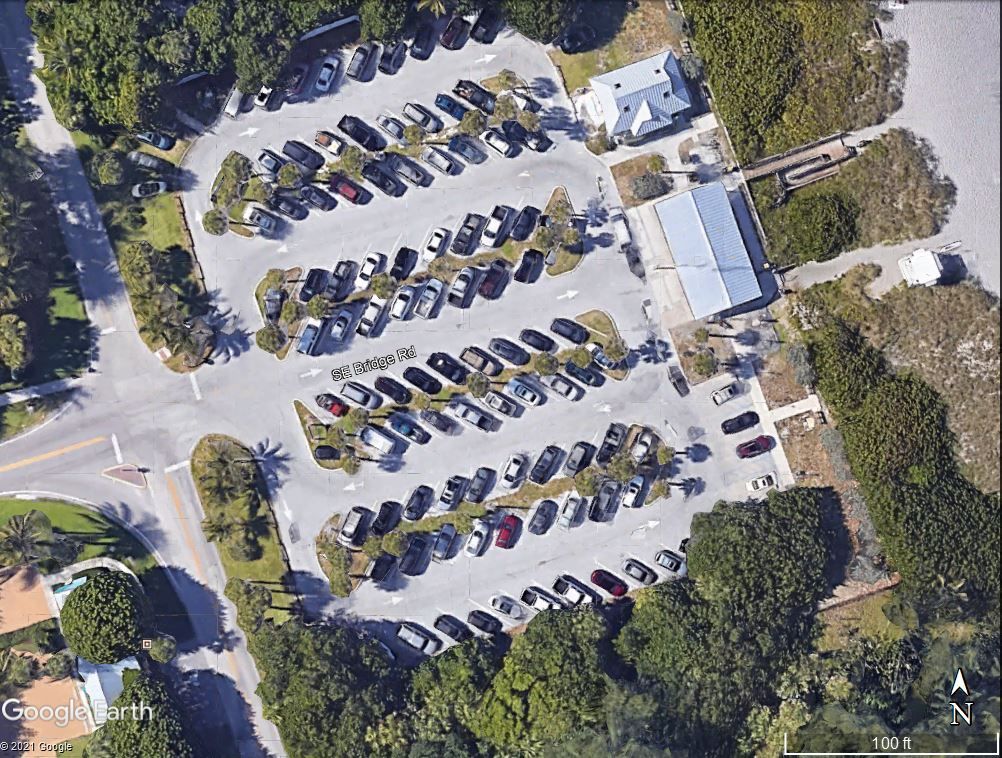
Plan the landscape – The best time to prepare for the cold is at planting. Choose plants that will withstand the occasional frost, plant tender species in protected locations such as under trees or next to a structure with a southeastern exposure, or be prepared to accept damage and possible replacement cost for tender tropical plants.
Prepare for next year’s cold snapby making a map of your yard. The plan could be hand-drawn close to scale or printed as an aerial photograph from an online mapping application. Roughly draw or mark the structures and major plants; trees, hedges, and beds. Mark the map with the directions, north, south, east, and west. Now make notes; where did the plants suffer the most damage, where did frost or ice form, did anything survive – that would be a warm spot, a microclimate. Use this map to plan for additions and changes to the landscape. Choose plants adapted to the microclimates on your property for better survival next time nature gives us the cold shoulder.
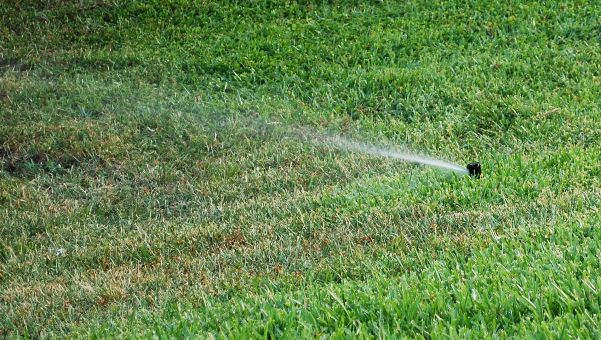
The dry season is here, and irrigation systems are running a lot. It is possible to have a beautiful landscape and use less water. The tenets of a water-conscious landscape are simple—plan for a landscape with maximized water use. Group plants in beds by water needs, reduce turf areas, mulch everything, install low-volume irrigation systems on everything but turf, calibrate the irrigation system and turn off the irrigation clock and water only when plants need it.
For best water use, make sure the irrigation system, even if the “system” is a hose and sprinkler, is in good working order. Repair leaks and breaks immediately. Know how much water you are applying per given amount of time; in other words, calibrate your system. Use cans or cups to catch irrigation water. Place straight-sided cans throughout the pattern of the zone and measure the amount of water with a ruler. Then adjust the system according to the amount of water distributed.
Expert Florida Gardening Tip – Turn off the automatic irrigation timers and watch your landscape; apply water only when needed. Turf will turn a bluish-gray color as it starts to wilt. Drought tolerance can be built up by the judicious use of irrigation. When water is applied, wet the whole root zone, roots grow deeply to the moist soil’s depth. Water deeply, less often, the recommendations are to apply ½ to ¾ of an inch of water per application.
Help the lawn use less water; raise the lawnmower’s cutting height; taller grass promotes deep rooting. Keep the mower sharp; sharp blades make cleaner cuts that cause less water loss than dull blades.
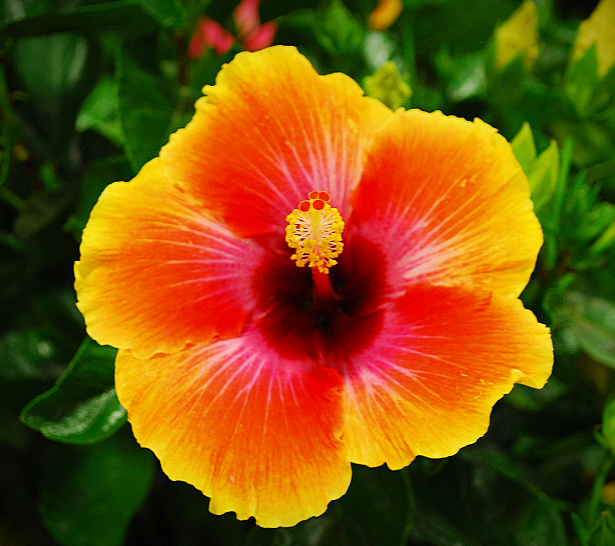
Here’s a Florida Gardening Tip about Hibiscus that are beloved by gardeners and homeowners for Florida and other warm-season landscapes. They grow and bloom best in locations with acidic soil (not often found in south Florida), a bit of afternoon shade, and plenty of space to grow. Most varieties of this large shrub can quickly grow to 12 – 15 feet tall. This time of year, when many winter residents are leaving, landscapers cut hibiscus to the ground. This pruning practice shortens the plant’s lifespan and opens wounds that may become an entryway into the hibiscus by pests. The most important rule of pruning hibiscus and other plants is to remove only 25-30% of the top growth at any one time.
Pests– As the weather gets warmer, pests appear more frequently in the garden and landscape. Here’s a Florida Gardening Tip – A daily visit to the garden with an eye peeled for plant growth changes and a perchance to look underneath leaves will help spot pests before populations become too large to control. Commercial pest control managers call this type of inspection scouting.
While scouting or inspecting the landscape, look for beneficial insects such as ladybugs, praying mantids, or assign bugs. These critters are a gardener’s best friend by eating many of the pests, causing problems. When beneficial insects are sighted, make conditions as favorable as possible for them, avoid spraying pesticides that will harm them, and check on control progress before making any other control decisions.
“The most difficult thing is the decision to act, the rest is merely tenacity. The fears are paper tigers. You can do anything you decide to do. You can act to change and control your life; and the procedure, the process is its own reward.” – Amelia Earhart
Be well. Garden with abandon, it’s good for you, body and soul. Plant an extra row when gardening and donate the surplus to the local food pantry, homeless kitchen, or women’s shelter when you harvest.

Until next time….

Leave a Reply